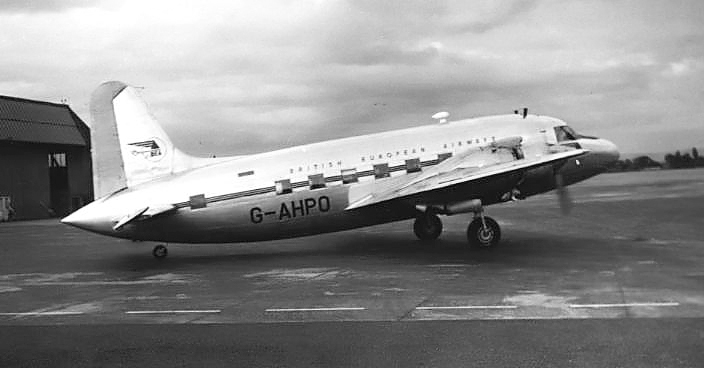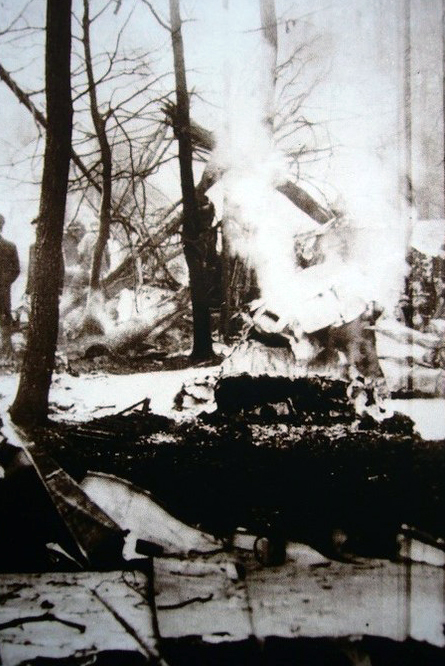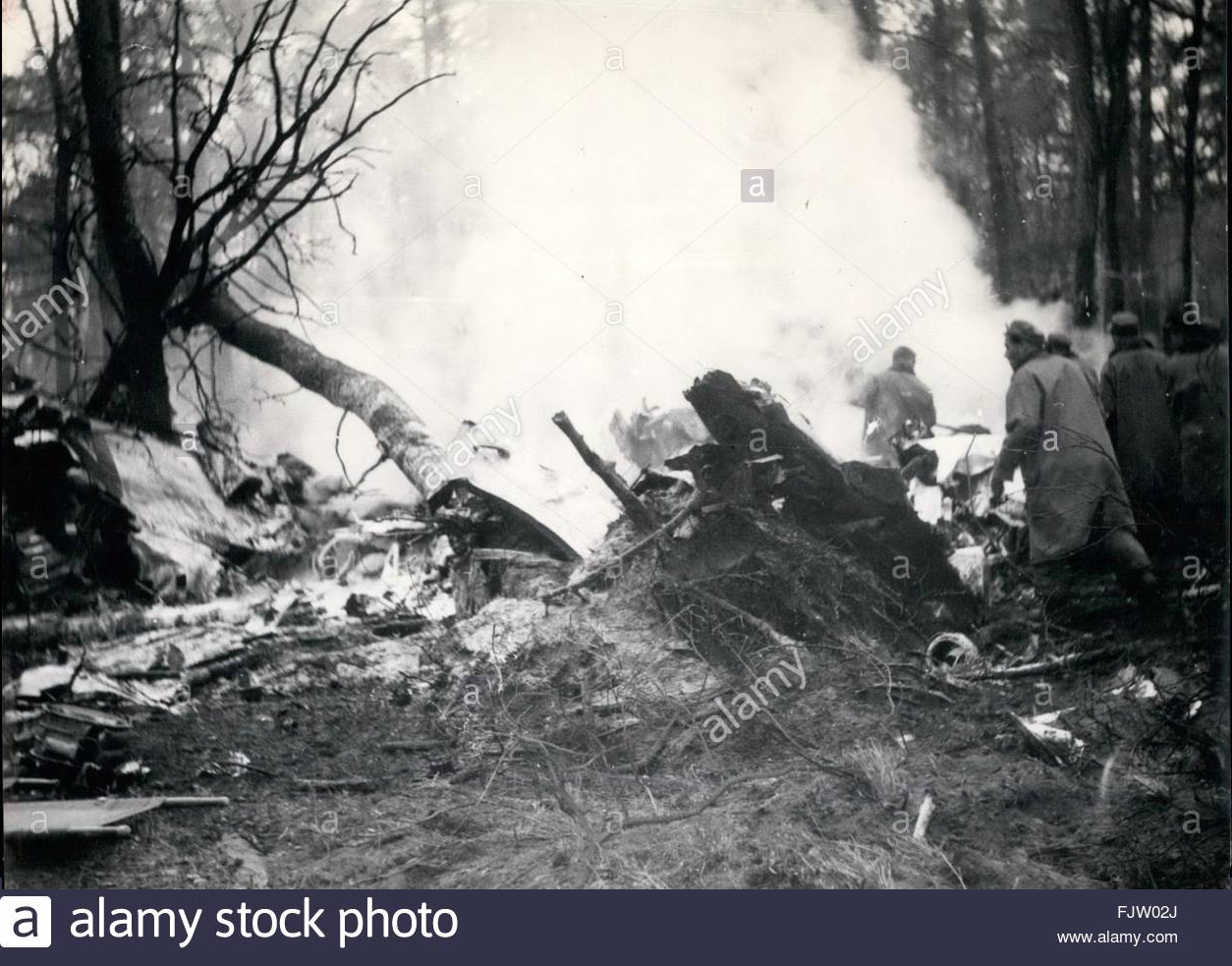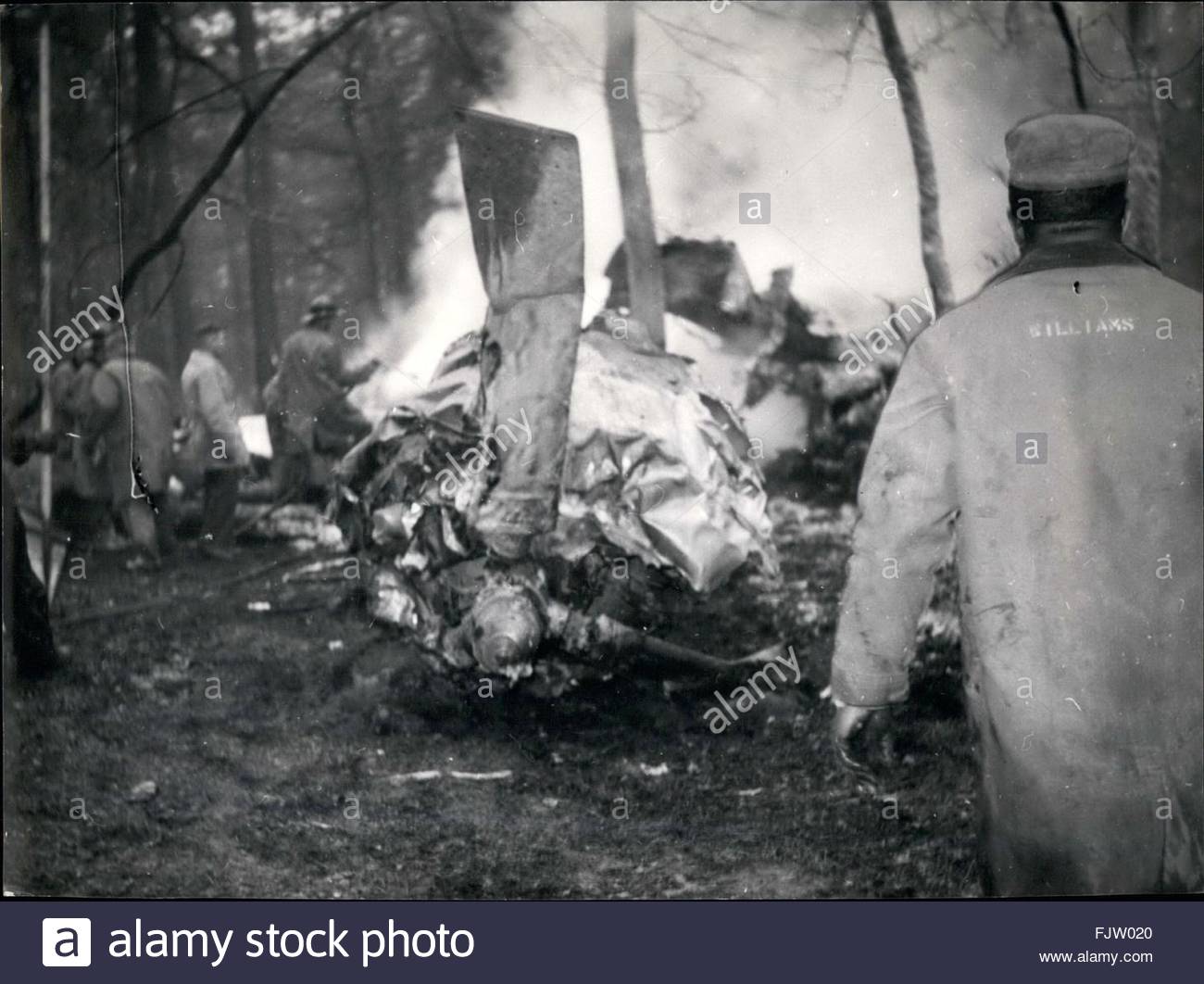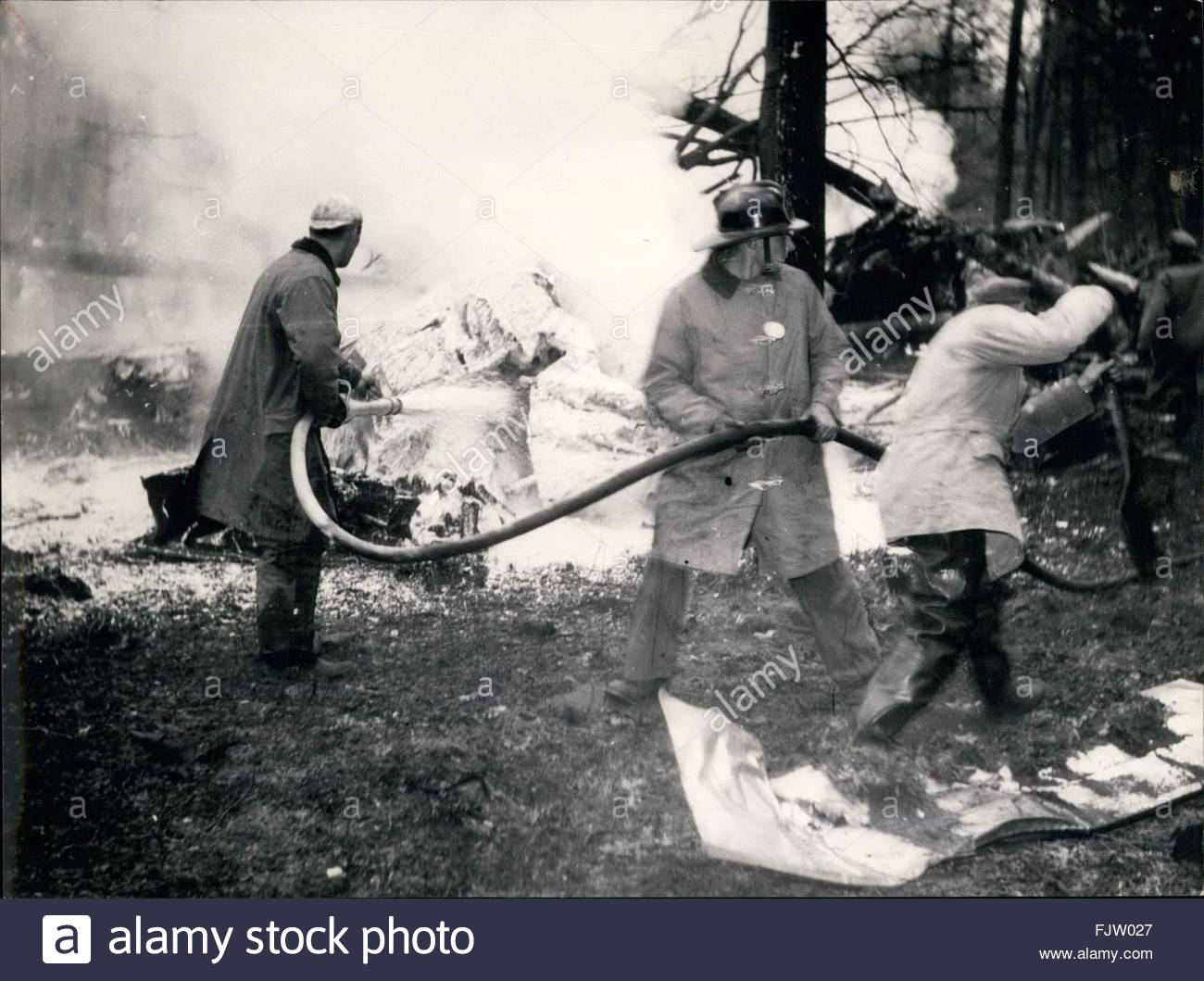Crash of an Avro 694 Lincoln B.2 in Bitburg: 6 killed
Date & Time:
Jun 26, 1955 at 0035 LT
Registration:
WD131
Survivors:
No
Schedule:
Hemswell - Hemswell
Crew on board:
6
Crew fatalities:
Pax on board:
0
Pax fatalities:
Other fatalities:
Total fatalities:
6
Circumstances:
The crew was engaged in a training mission, completing some tests for a new radar system on behalf of the 199th Squadron based at RAF Hemswell. While cruising by night at an altitude of 17,000 feet over the region of the Bitburg Airbase, the four engine aircraft collided with a USAF Sabre registered 52-3933 and carrying one pilot. Following the collision, the pilot of the Sabre ejected and was found alive. Unfortunately, the Lincoln lost a part of a wing, dove into the ground and crashed in an uninhabited area located near the Luxembourg border, killing all six crew members. At the time of the accident, the crew of the Avro was flying without any navigation lights for undetermined reason.







